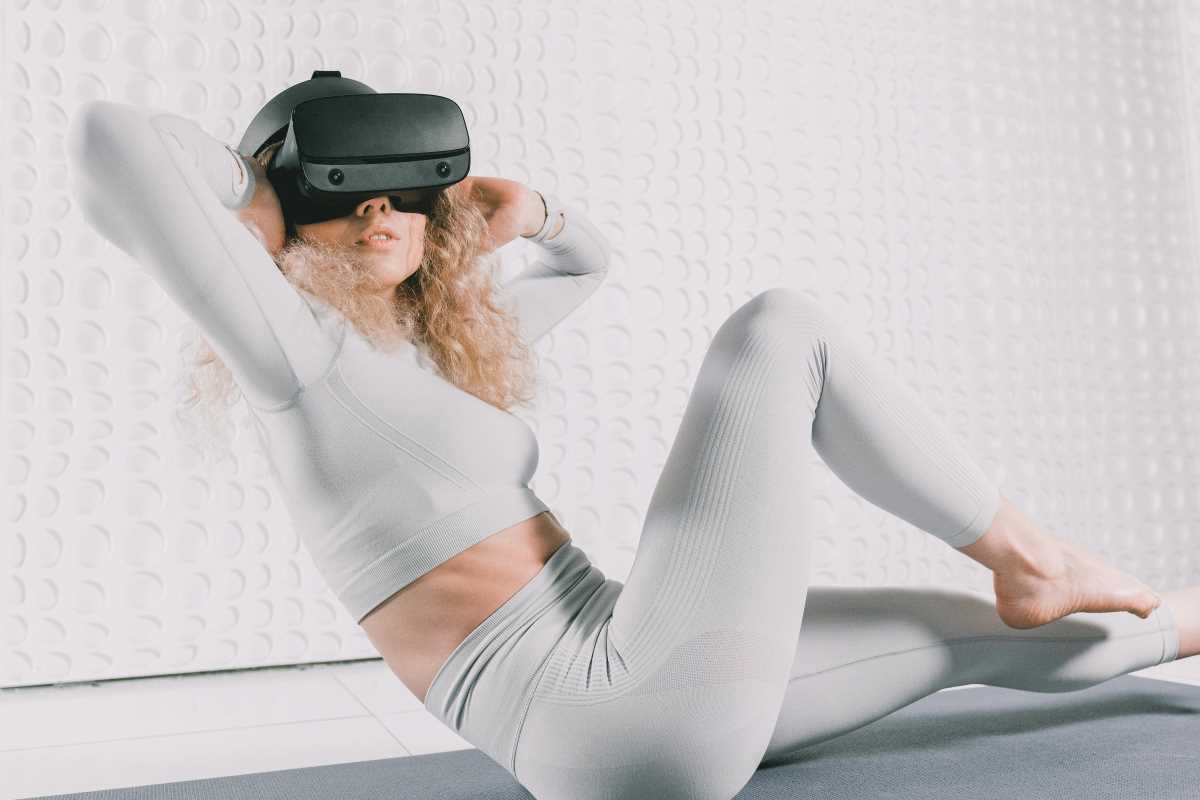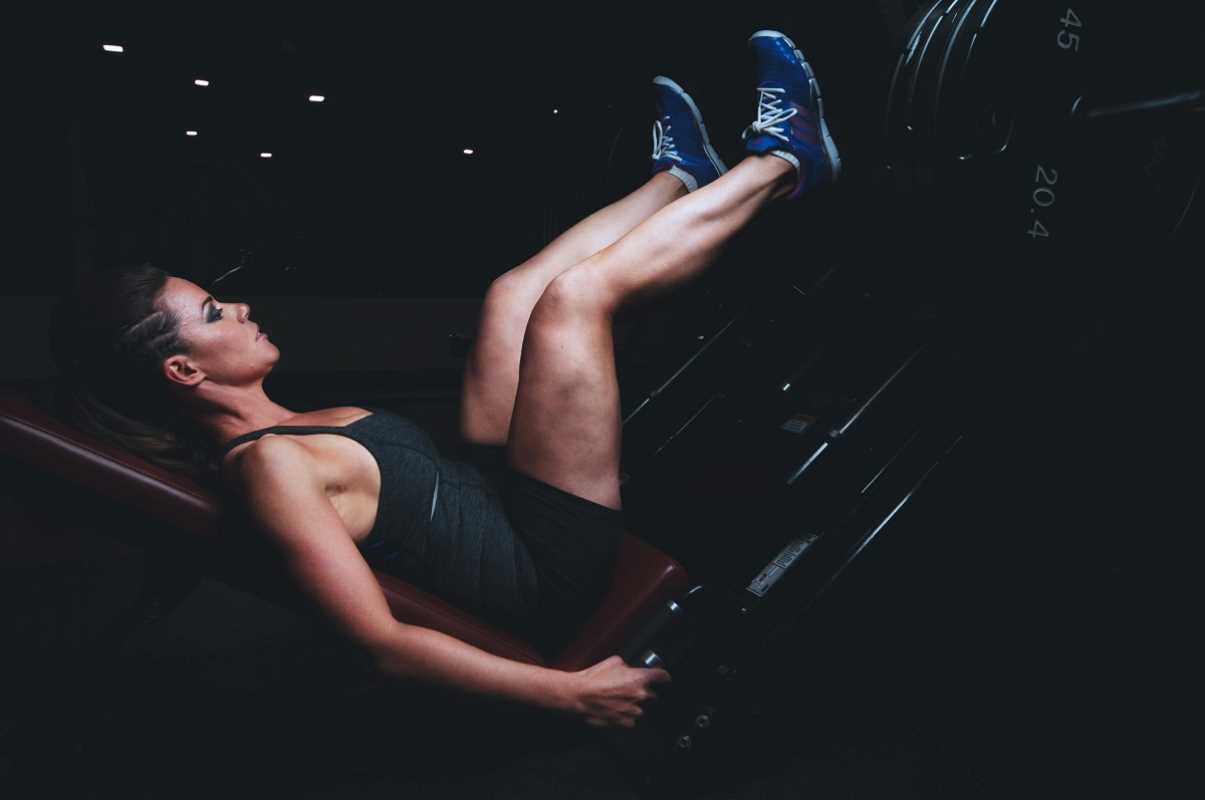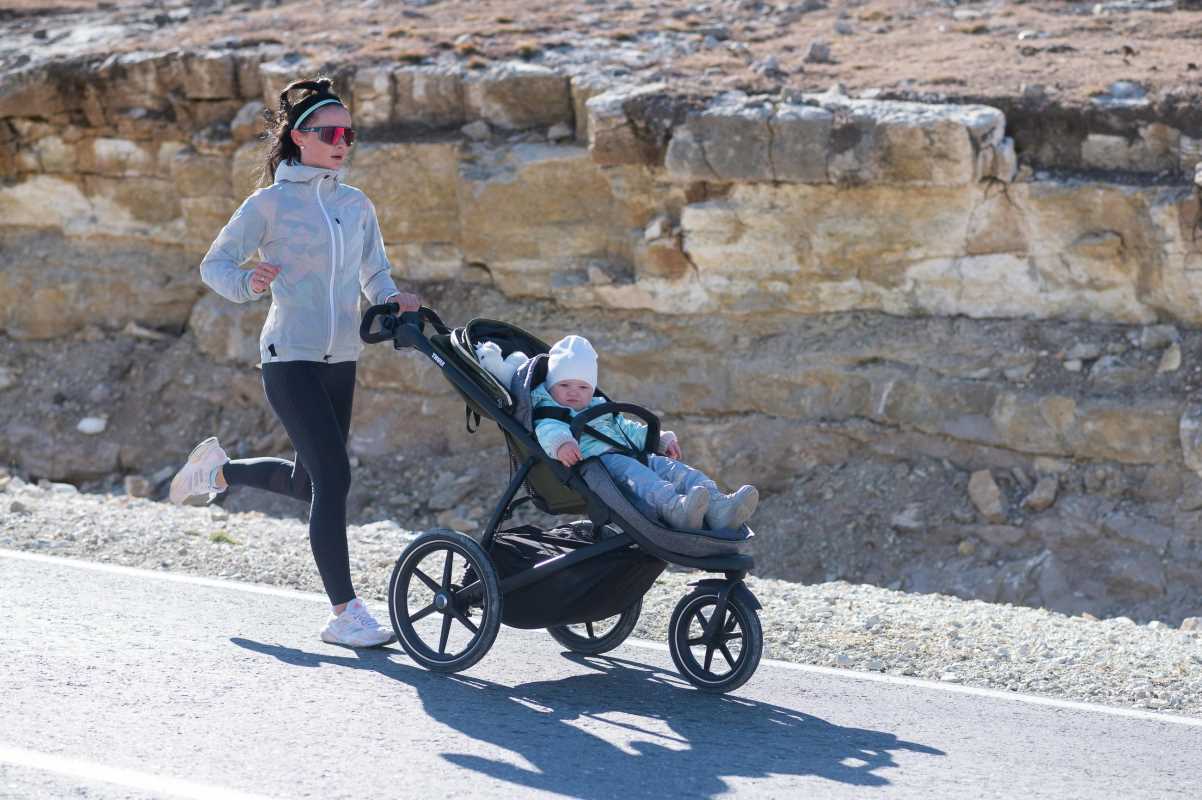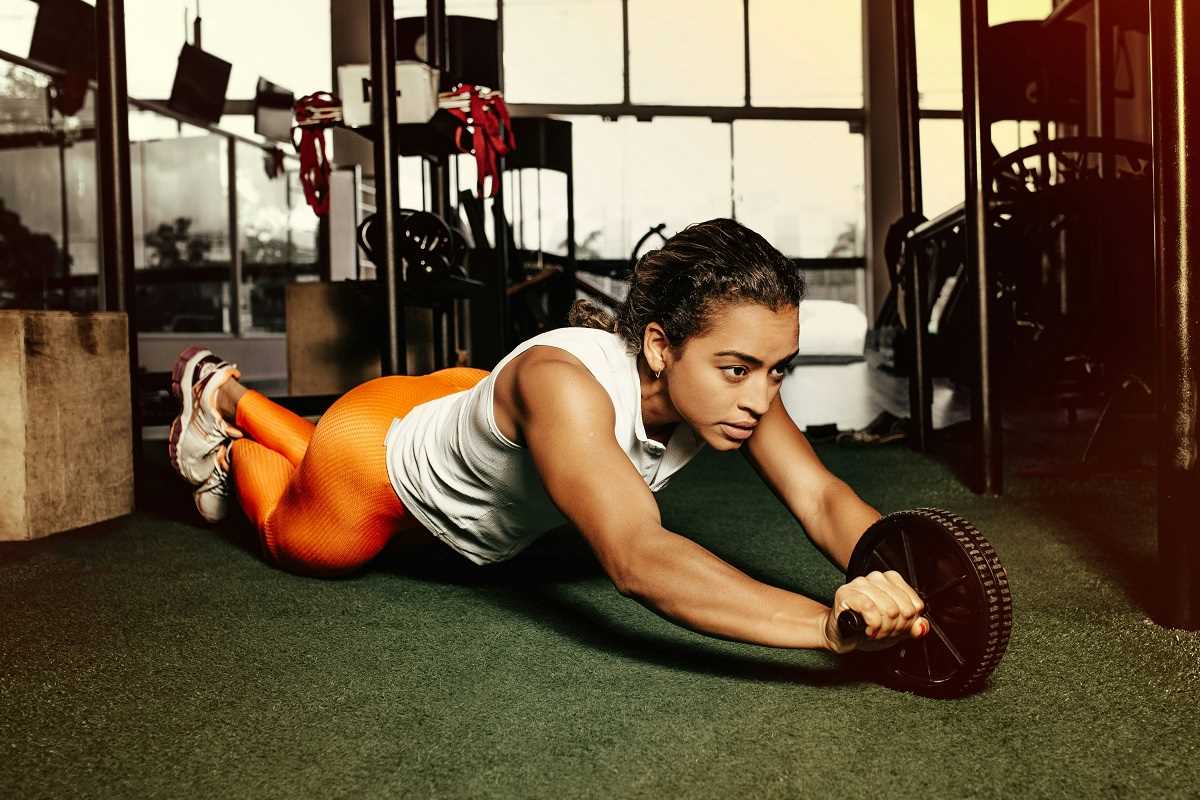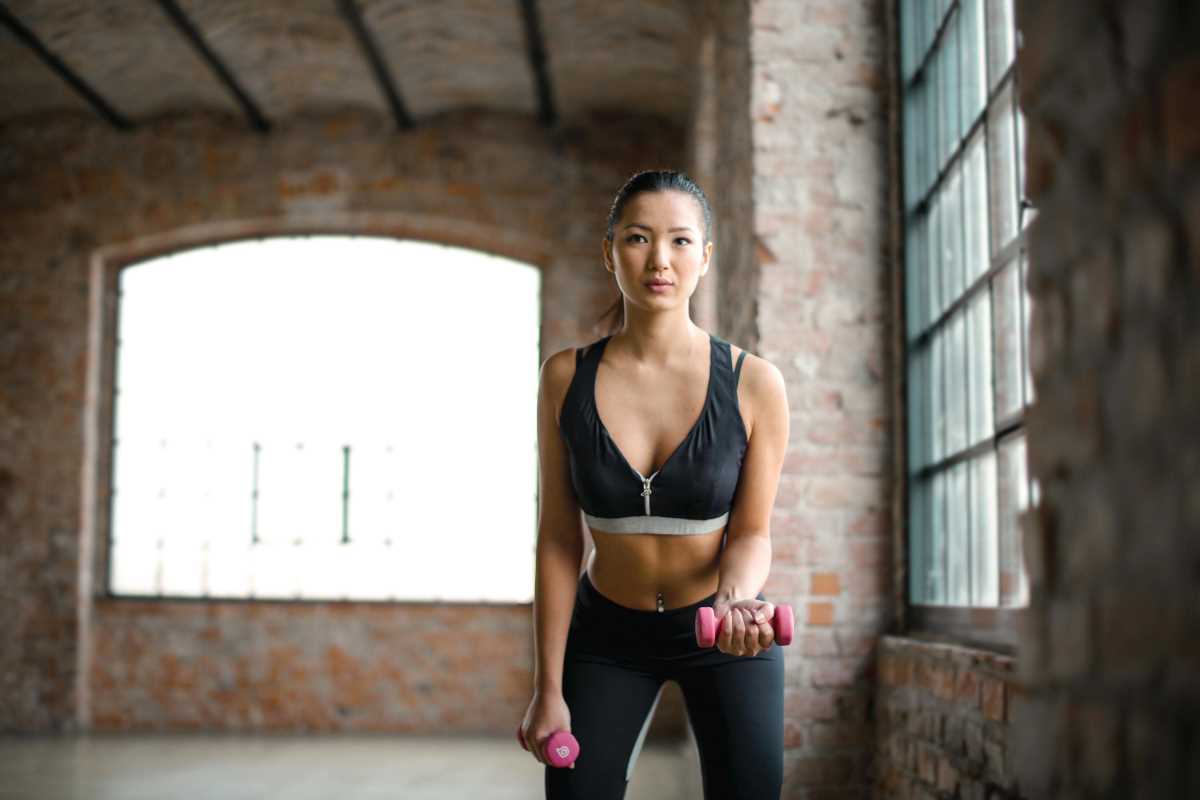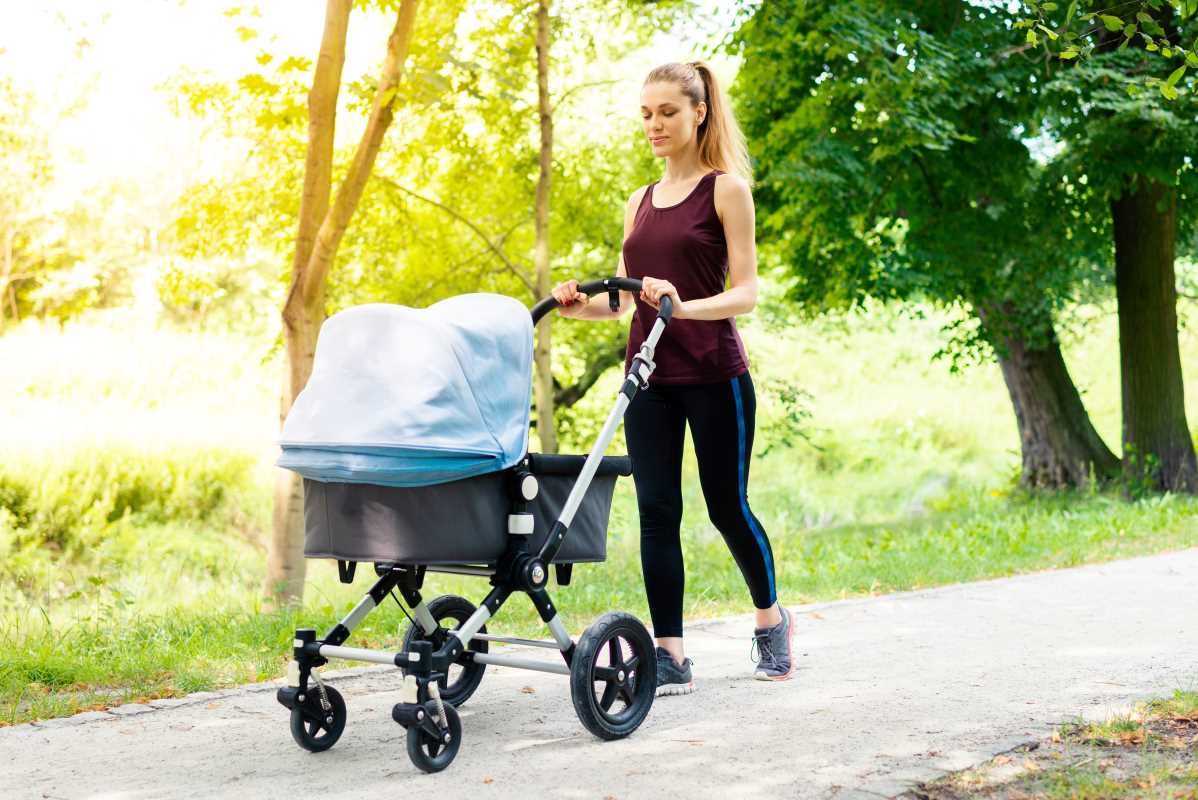Welcoming a new baby into the world is an incredible experience, but the postpartum period can also bring its fair share of challenges. Between sleepless nights, hormonal changes, and adjusting to a new routine, finding time for yourself often feels impossible. But prioritizing self-care isn’t a luxury—in fact, it’s necessary for your mental and physical well-being.
Yoga can help new moms gently ease back into movement, offering a much-needed moment of calm while promoting postpartum healing. With the right poses, you can aid weight loss, relieve stress, and reconnect with your body. The best part? You only need a few minutes, a comfortable space, and a yoga mat to get started.
This guide covers beginner-friendly yoga poses designed specifically to help shed baby weight and manage stress in a safe and supportive way.
Why Yoga is Perfect for New Moms
Yoga is more than just physical exercise; it’s a holistic practice that nurtures both your body and your mind. For postpartum moms, yoga offers unique benefits, including:
- Stress Relief: Gentle movements and deep breathing trigger relaxation and help calm your mind.
- Core Strengthening: Many poses target the abdominal muscles, which are often weakened during pregnancy.
- Weight Loss: Practicing regularly can boost your metabolism and help burn calories.
- Improved Flexibility and Mobility: It relieves tension in areas like your back, neck, and shoulders, which can become tight from holding or feeding your baby.
- Posture Correction: Yoga works to counteract slouching and poor alignment caused by carrying your little one.
Before you begin, make sure you’ve received clearance from your healthcare provider, particularly if you experienced complications like diastasis recti or a C-section. Start slow and listen to your body.
Yoga Poses for Weight Loss and Stress Relief
1. Cat-Cow Pose (Marjaryasana-Bitilasana)
This gentle back-and-forth movement is ideal for stretching out a sore back while helping to engage your core.
How to Do It:
- Start on all fours with your wrists under your shoulders and knees under your hips.
- On your inhale, drop your belly, arch your back slightly, and lift your gaze (Cow Pose).
- On your exhale, round your spine, pulling your belly button toward your spine and tucking your chin toward your chest (Cat Pose).
- Flow slowly between the two poses, moving with your breath.
Benefits:
- Relieves back pain and tightness.
- Activates and gently strengthens the core.
- Provides a calming rhythm to ease stress.
Tip: Keep your movements slow and controlled, focusing on steady breathing.
2. Downward Dog Pose (Adho Mukha Svanasana)
Downward Dog does wonders for stretching tight hamstrings and energizing your entire body.
How to Do It:
- Start in a tabletop position on your hands and knees.
- Tuck your toes and lift your hips toward the sky.
- Straighten your legs as much as possible, allowing a gentle stretch in your hamstrings. Press your heels toward the floor (bending your knees is fine if needed).
- Relax your head and neck, keeping your gaze toward your feet.
Benefits:
- Builds strength in your shoulders and arms.
- Enhances flexibility in your hamstrings, calves, and spine.
- Boosts circulation and energizes your body.
Tip: If you feel tension in your wrists or shoulders, break the pose into smaller holds and work up to longer durations.
3. Warrior II Pose (Virabhadrasana II)
This powerful pose strengthens your legs and arms while grounding you in the present moment.
How to Do It:
- Stand with your feet wide apart. Turn your right foot 90 degrees to the right, keeping your left toes pointed slightly inward.
- Bend your right knee over your right ankle, making sure it doesn’t extend past your toes.
- Extend your arms parallel to the floor, reaching through your fingertips.
- Look over your right hand and hold the pose for 5-10 breaths.
- Switch sides.
Benefits:
- Strengthens the thighs, glutes, and core.
- Encourages mental focus and balance.
- Provides an empowering, grounding feeling.
Tip: Keep your shoulders relaxed and avoid tensing your upper body.
4. Bridge Pose (Setu Bandhasana)
Bridge Pose gently strengthens your back while reactivating your glutes and pelvic muscles.
How to Do It:
- Lie on your back with your feet flat on the floor, knees bent, and arms at your sides.
- Press through your heels and elevate your hips, lifting your lower back off the mat.
- Squeeze your glutes while holding the pose.
- Lower down slowly and repeat.
Benefits:
- Strengthens glutes, thighs, and core muscles.
- Opens up the chest and relieves tension in the lower back.
- Improves circulation.
Tip: Keep movement smooth and engage your core to protect your lower back.
5. Child’s Pose (Balasana)
Need a breather? Child’s Pose is the ultimate relaxation pose to release stress and tension.
How to Do It:
- Kneel on the mat and sit back on your heels.
- Lower your upper body forward, reaching your arms or placing them by your sides.
- Rest your forehead on the mat and breathe deeply.
Benefits:
- Relieves tension in your back, hips, and shoulders.
- Encourages deep diaphragmatic breathing for stress relief.
- Promotes relaxation and mindfulness.
Tip: If sitting all the way back is uncomfortable, place a pillow under your hips or chest for support.
6. Reclined Twist (Supta Matsyendrasana)
This simple stretch helps release tension in your spine while calming your mind.
How to Do It:
- Lie on your back with your legs extended.
- Pull your right knee into your chest and gently twist it across your body, lowering the knee toward the floor. Extend your right arm out to the side.
- Hold for 10 deep breaths and switch sides.
Benefits:
- Eases tightness in the lower back and hips.
- Improves digestion.
- Offers a calming effect for the nervous system.
Tip: Avoid forcing your knee down; focus on feeling the gentle stretch along your back.
Tips for Safe Postpartum Yoga
- Listen to Your Body: Slower is better in the early weeks and months postpartum. If an exercise feels uncomfortable, modify or skip it.
- Focus on Breathing: Deep, purposeful breathing is a core pillar of yoga and enhances both relaxation and abdominal recovery.
- Use Props: Incorporate props like yoga blocks, straps, or cushions to make poses more accessible.
- Be Realistic: Even 10-15 minutes of yoga can make a big difference, so don’t worry about committing to long sessions.
Between nurturing your baby and managing daily life, it’s easy to overlook your own well-being. Yoga offers a gentle way to reconnect with yourself, shed baby weight, and alleviate stress in the postpartum period.
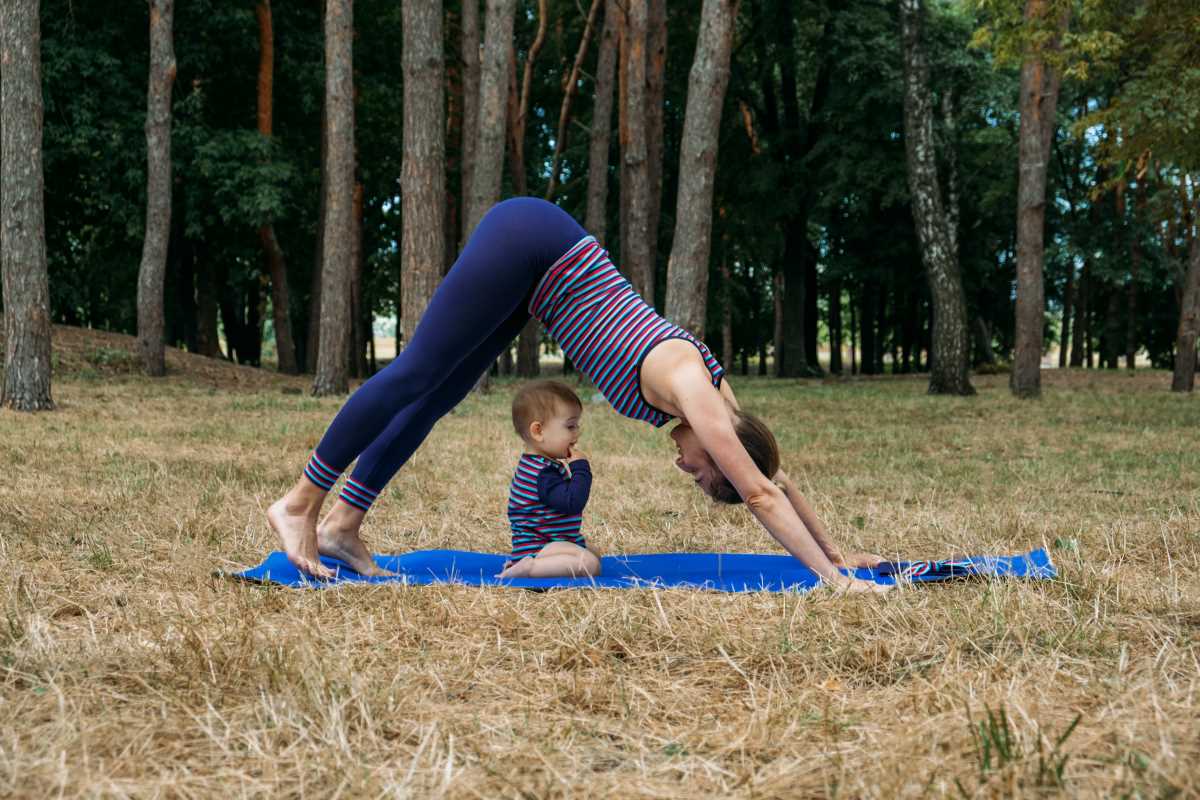 (Image via
(Image via